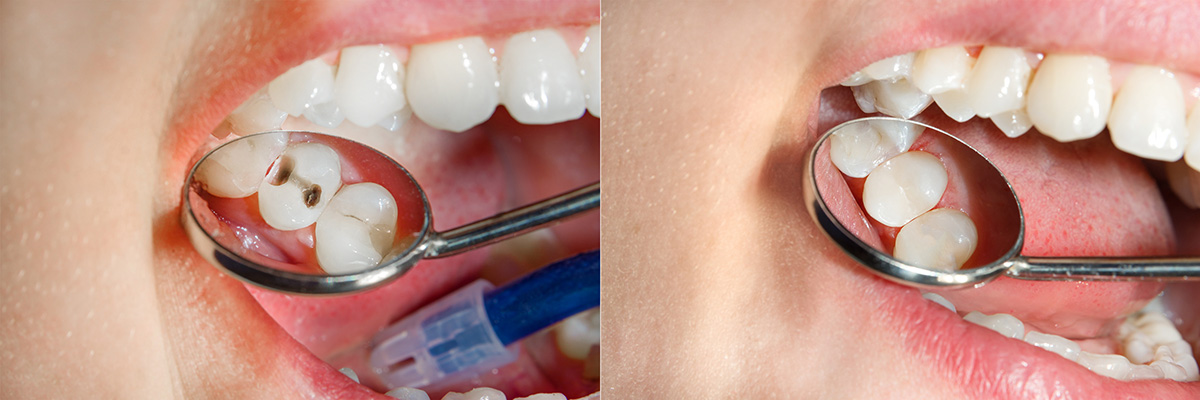If a toothache has you contemplating the dreaded trip to the dentist, understanding the financial implications of getting a filling without insurance is crucial. The realm of dental care can be a labyrinth of expenses, leaving many wondering how much they will have to endure for this oral restoration. In this comprehensive guide, we delve into the intricacies of filling costs, exploring the reasons behind the variations and outlining potential treatment options to alleviate your dental discomfort.

Image: consumerboomer.com
Understanding the Basics: What is a Filling?
A filling is a restorative dental procedure employed to mend decayed or damaged teeth. Dentists employ various materials, such as amalgam (a mixture of metals) or composite resin (a tooth-colored material), to fill the cavity created by tooth decay, preserving the tooth’s structure and preventing further damage. Fillings play a vital role in maintaining oral health and restoring the tooth’s functionality.
Navigating the Maze of Filling Costs Without Insurance
Unveiling the cost of a filling without insurance is not a straightforward endeavor, as several factors can influence the final bill. Here are some key variables to consider:
- Location: Geographical variations in dental fees are prevalent, with urban areas typically commanding higher prices than rural ones.
- Dentist’s Experience: Dentists with extensive experience and specialized skills may charge more for their services.
- Type of Filling Material: The material used for the filling, such as amalgam or composite resin, can impact the cost.
- Complexity of the Procedure: The extent of the tooth decay and the difficulty of the filling procedure can affect the price.
- Additional Treatments: If the filling requires additional treatments, such as X-rays or anesthesia, these will be factored into the overall cost.
Unveiling the Typical Cost Range
Despite the variables, we can establish a general range for filling costs without insurance. Amalgam fillings, known for their durability and affordability, typically fall within the $50-$150 range. Composite resin fillings, popular for their tooth-colored appearance, may cost more, ranging from $90-$450. However, these estimates should serve as a ballpark figure, and it’s advisable to consult with your dentist for an accurate assessment.

Image: smileangels.com
Exploring Alternative Treatment Options
If the cost of a filling poses a financial challenge, alternative treatment options are available:
- Dental Sealants: These thin, protective coatings applied to the chewing surfaces of teeth can prevent decay and cavities, potentially eliminating the need for fillings in the future.
- Fluoride Treatments: Regular fluoride applications strengthen tooth enamel and reduce the risk of decay.
- Dental Bonding: Bonding involves applying a tooth-colored resin to the surface of the tooth, restoring its shape and preventing further decay.
How Much To Get A Filling Without Insurance
https://youtube.com/watch?v=sjAq4n4DSuw
Conclusion: The Importance of Proactive Dental Care
Understanding the costs associated with getting a filling without insurance empowers individuals to make informed decisions regarding their oral health. While fillings are essential for restoring damaged teeth, prevention remains key. Regular dental checkups, diligent brushing and flossing, and adopting a healthy diet can help prevent tooth decay and the need for fillings in the first place. If you experience dental discomfort or suspect a cavity, don’t hesitate to schedule an appointment with your dentist. By addressing dental issues promptly, you can safeguard your oral health and avoid potentially costly procedures in the future.